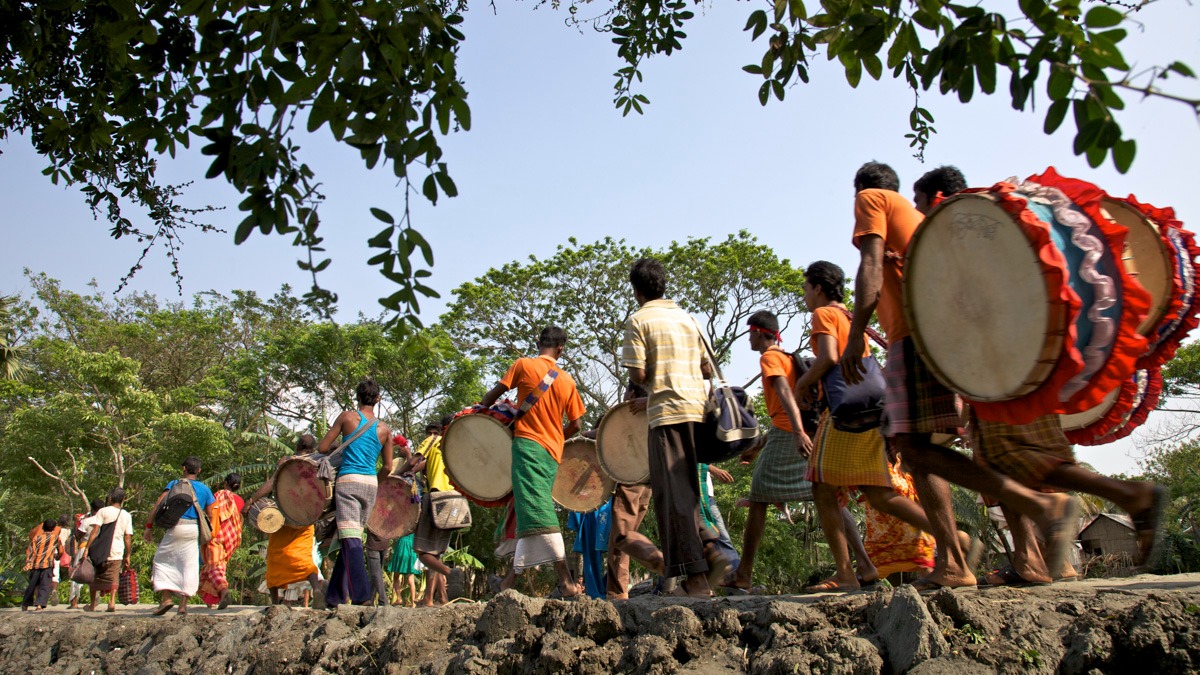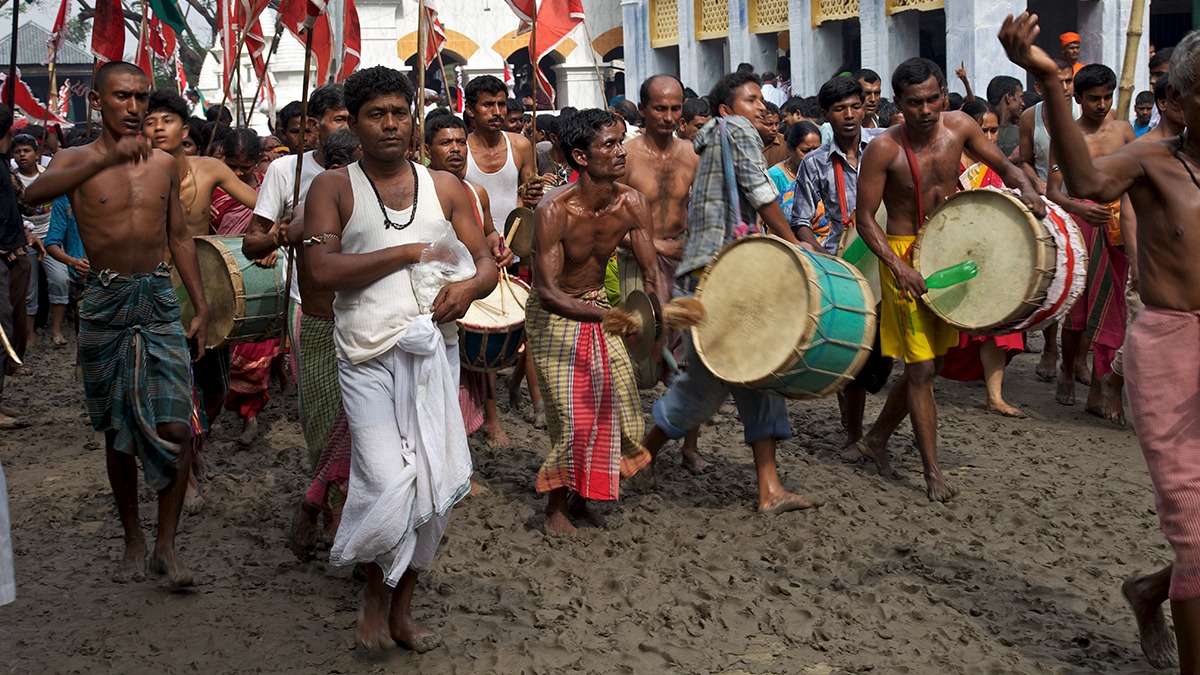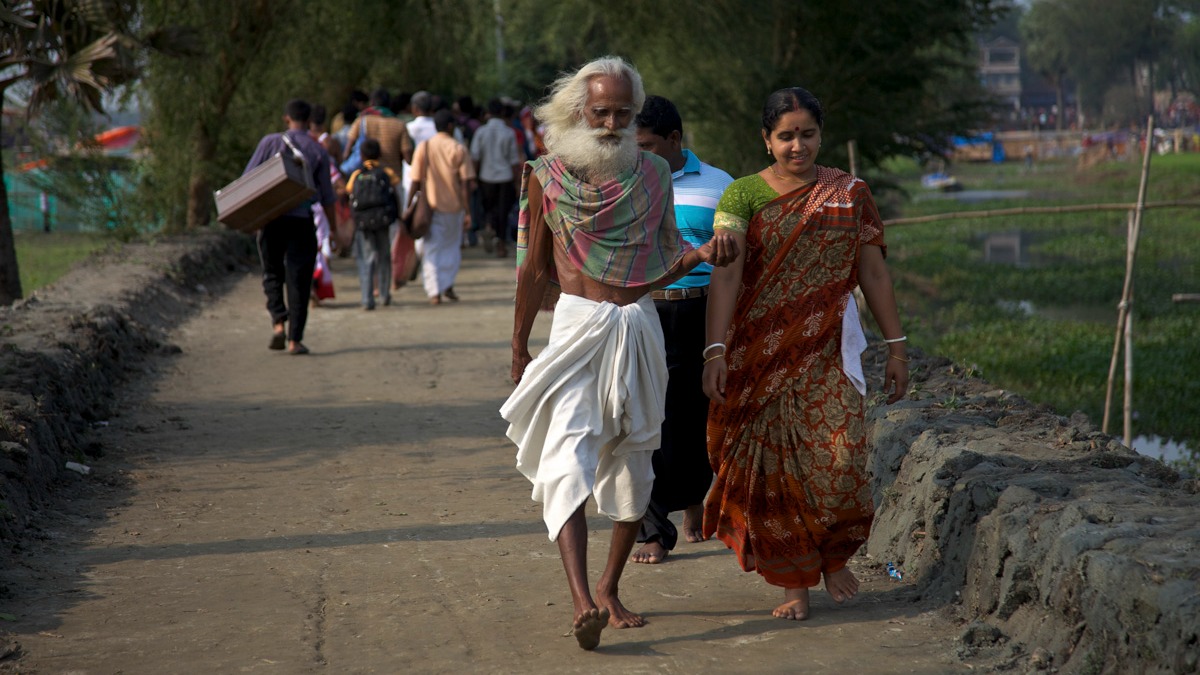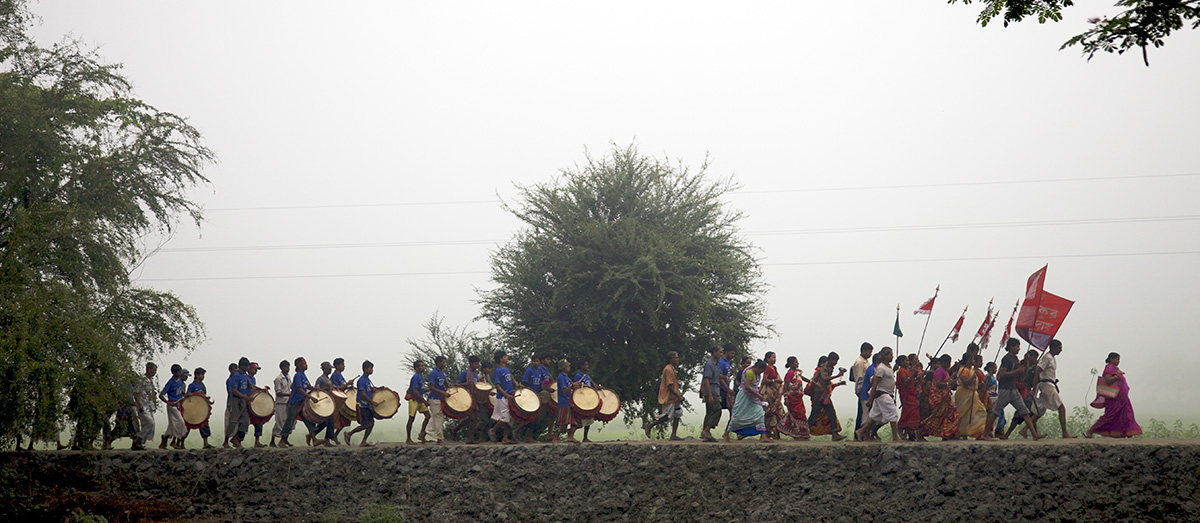
The Matuas of Bangladesh: A Celebration of Faith and Tradition
Over time, their festivals and rituals have become an integral part of the local cultural landscape, offering a unique blend of religious devotion and social celebration.

Over time, their festivals and rituals have become an integral part of the local cultural landscape, offering a unique blend of religious devotion and social celebration.
The Matua community, a prominent religious and cultural group in Bangladesh, is known for its rich heritage and vibrant festivals. Rooted in the teachings of the 19th-century religious leader, Harichand Thakur, the Matua community follows a distinct spiritual path that emphasizes equality, devotion, and social harmony. Their faith centers around the worship of Hari (God), and their practices aim to bring peace and unity to society, transcending caste and social barriers.
The Matuas have a strong presence in various parts of Bangladesh, particularly in the southwestern regions, including the Khulna and Barisal divisions. Over time, their festivals and rituals have become an integral part of the local cultural landscape, offering a unique blend of religious devotion and social celebration.

One of the most significant festivals of the Matua community is the Matua Maha Mela, a joyous occasion that marks the end of the agricultural year and is steeped in both religious fervor and community spirit. This festival is a time for worship, music, dance, and feasts, with people gathering to celebrate the blessings of life, love, and harmony.
The celebrations are characterized by traditional kirtans (devotional songs), dances, and the vibrant presence of colorful processions, where participants wear bright attire and sing praises to Hari. The atmosphere is filled with a sense of togetherness, as community members come together to share not just their faith but also their traditions, music, and stories.
For the Matua community, festivals are not just religious events but opportunities for collective bonding and cultural expression. Through these gatherings, they preserve and pass on their legacy, reinforcing their sense of identity, community, and devotion to their teachings.
This album captures the essence of these festivals and the deep spiritual connection of the Matua people. Through photographs, we glimpse the colors, emotions, and energy of a culture that remains resilient and proud—celebrating its faith, traditions, and the joy of community.

A Brief History of the Matua Community
The Matua community’s roots can be traced back to the mid-1800s with the rise of Harichand Thakur, a visionary spiritual leader and social reformer. Thakur’s teachings centered on the principles of equality, humanism, and devotion to God, challenging the rigid caste system and promoting social justice. His message of inclusivity resonated with marginalized groups, particularly the lower-caste Hindus in Bengal, who found solace in his call for a more egalitarian society.
Harichand Thakur’s son, Gour Hari Thakur, continued his father’s mission, further spreading the Matua faith and its social messages. The Matuas rejected traditional caste hierarchies and advocated for a society where devotion to God and service to humanity were the cornerstones of spiritual life.
Over time, the Matua community grew and flourished, especially in the southwestern districts of Bangladesh. Despite facing challenges, including social and political marginalization, the Matua community has remained a vibrant force in the cultural and religious fabric of Bangladesh, with their unique festivals, rituals, and songs continuing to inspire new generations.
Today, the Matua faith remains a source of strength for millions, representing not only a spiritual practice but also a symbol of resilience, unity, and social progress. Their festivals stand as a living testament to the enduring power of faith and community.
